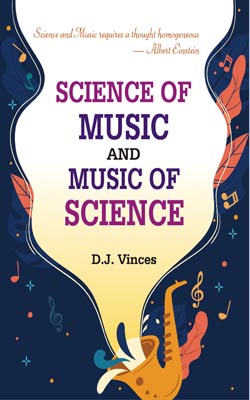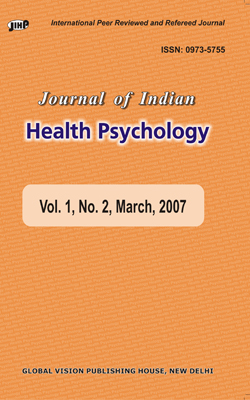Description
About the Book
This edition is intended as an attempt to answer the question, how are the findings of science relevant to music? It will do so by focusing on the ways in which science has explored musical pitch organisation in the context of relations between science and music. A general answer to that question is that the application of science to music can be thought of as being intended to bridge the gap between what music feels like- its experiential texture- and the language that is used to describe it and to teach it. To be more specific, the scientific development of music can help to span the disjunction that exists between the ways that music is experienced by listeners and by practising musicians and the rational frameworks of discourse that conventionally constitute music theory, that are used to describe and to define music. This development proceeds by seeking to provide accounts of music that are consonant with the concepts of computational logic- computability- and with empirically-derived evidence about musical perception, performance and creation.
About the Author
D. J. Vinces received his Bachelor of Music and Master of Music degrees from the University of Missouri-Kansas City. Conservatory of Music and has worked on a D.M.A. degree in Percussion Performance at the University of Iowa. He has over 15 years experience as a symphonic percussionist, composer, recitalist and clinician. He has worked as a free-lance percussionist in the Twin Cities area where he has performed with nearly every large musical organization including the Minnesota and Plymouth Orchestras and the Minnesota Opera and has been involved with the performance of several major works, including several world premieres. He has also served as music teacher in Cabaret, Rocky Horror Picture Show, and Best Little Whorehouse in Texas. Currently, he is a lecturer of music at the University of Wisconsin-River Falls.











Reviews
There are no reviews yet.